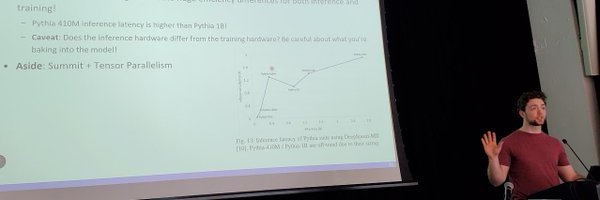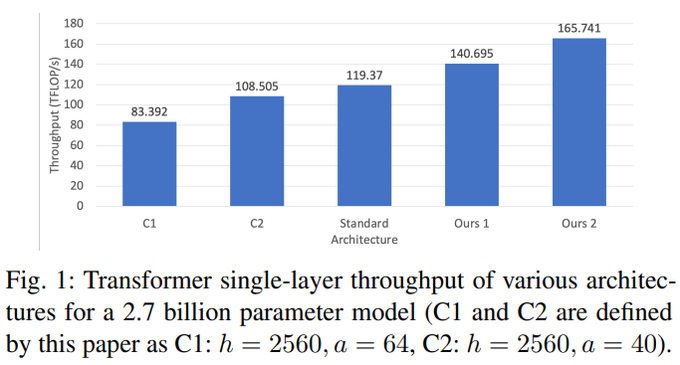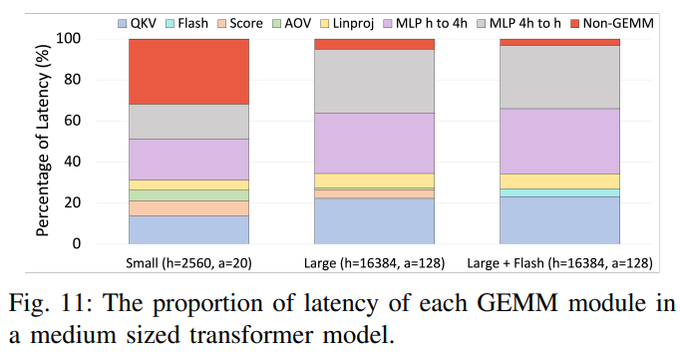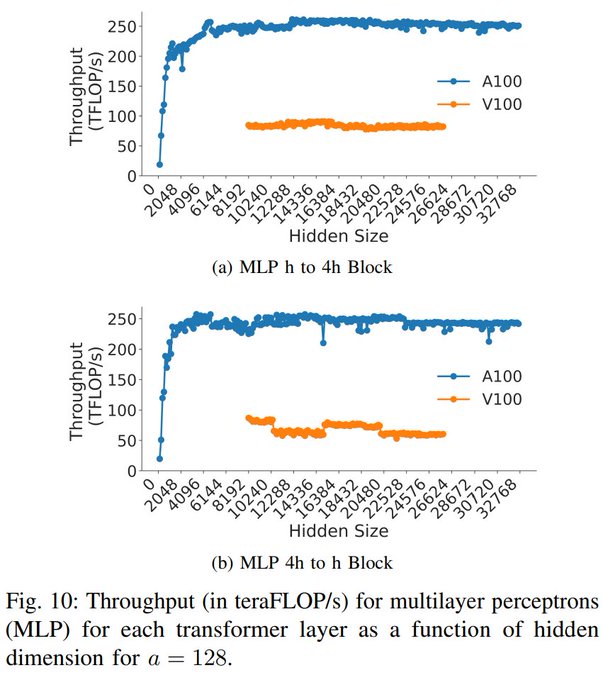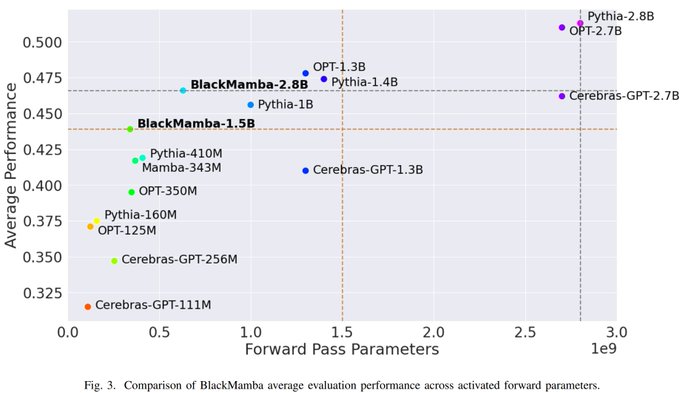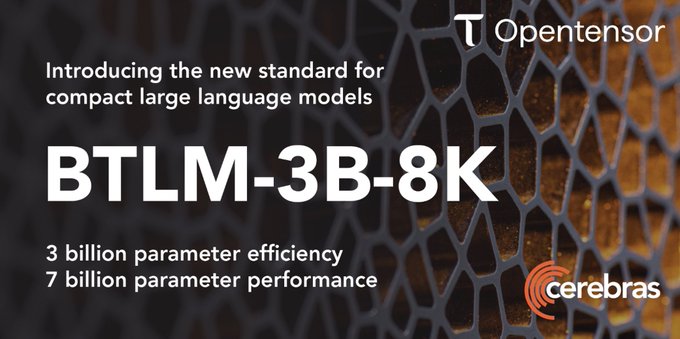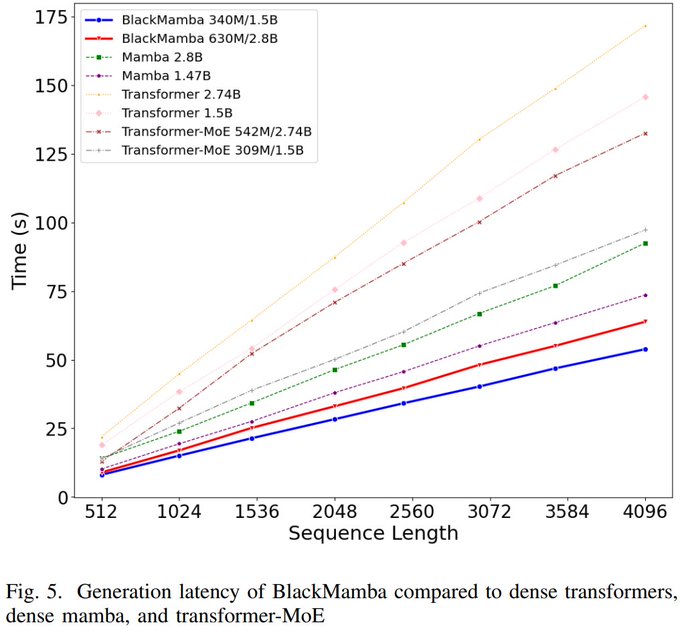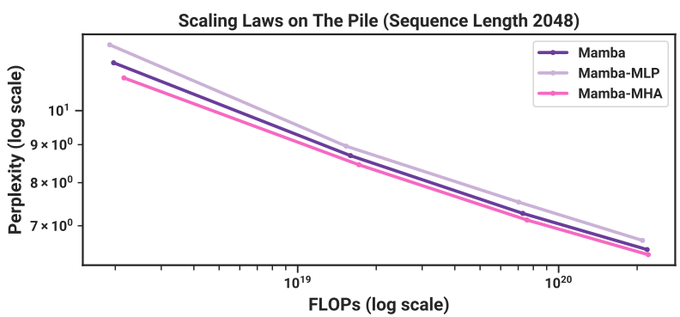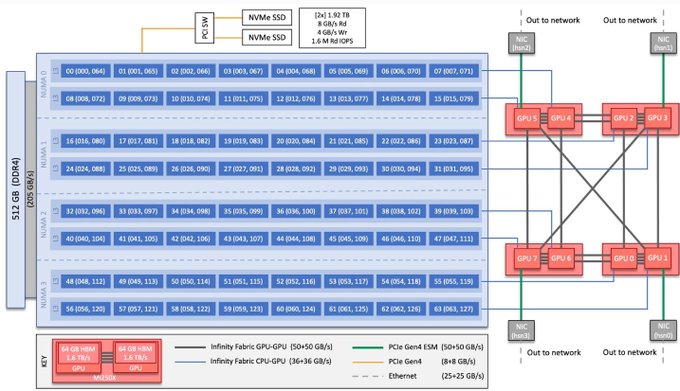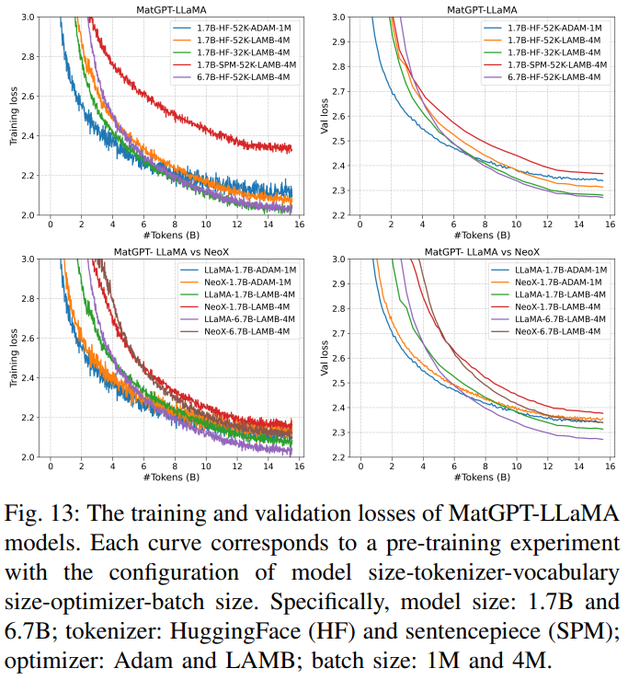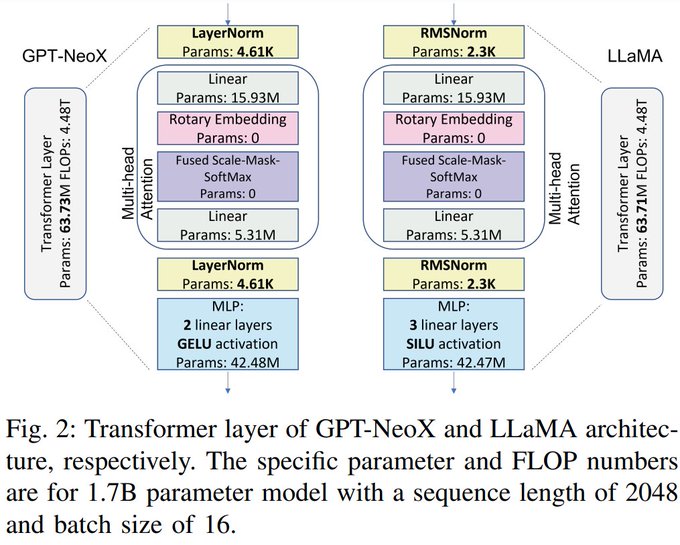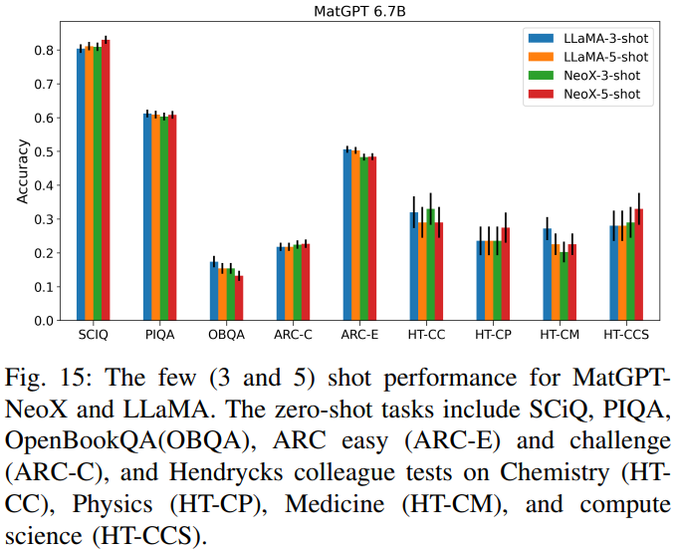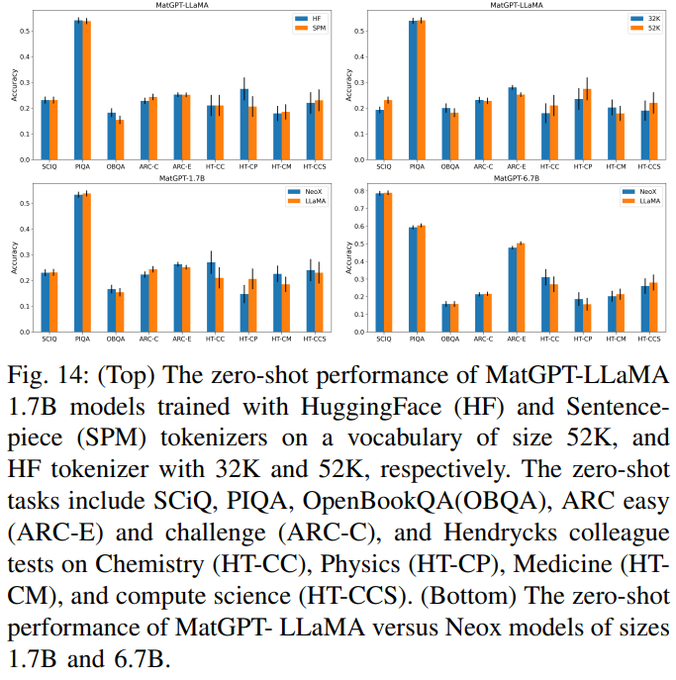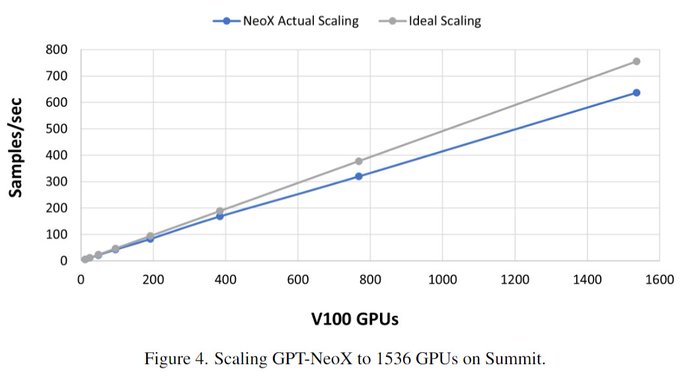
Quentin Anthony
@QuentinAnthon15
Followers
1,000
Following
129
Media
38
Statuses
93
I make models more efficient. Google Scholar:
Joined June 2019
Don't wanna be here?
Send us removal request.
Explore trending content on Musk Viewer
Davido
• 514537 Tweets
Baba
• 116859 Tweets
Valencia
• 80399 Tweets
Abeg
• 77510 Tweets
Peruzzi
• 76169 Tweets
Nancy
• 69103 Tweets
Madonna
• 59256 Tweets
Wetin
• 58105 Tweets
Francis
• 53659 Tweets
Burna
• 49641 Tweets
Lewandowski
• 49185 Tweets
Rock in Rio
• 48120 Tweets
Araujo
• 46143 Tweets
Seinfeld
• 42040 Tweets
Jesus is King
• 39713 Tweets
Katy Tur
• 30231 Tweets
#WWERaw
• 26600 Tweets
Grammy
• 25632 Tweets
Luciano
• 16755 Tweets
ANA CASTELA NO RIR
• 14944 Tweets
PRE SAVE FOI INTENSO
• 14691 Tweets
#WWEDraft
• 10555 Tweets
カレンダー通り
• 10362 Tweets
Last Seen Profiles
How do LLMs scale on AMD GPUs and HPE Slingshot 11 interconnects? We treat LLMs as a systems optimization problem on the new
#1
HPC system on the Top500, ORNL Frontier.
Learn more in our paper:
2
22
80
On a more personal note, I'm so damn proud of my team. Zyphra is punching way above our weight in terms of manpower, compute, and data. We aren't industry insiders, and achieved this with willingness to learn and a ton of grit.
Kudos to you all
@BerenMillidge
@yury_tokpanov
…
4
1
33
Our analysis also explains the effect reported by
@karpathy
in his viral tweet last year about how vocab size matters for efficiency. Vocab should be divisible by 64 for the same reason h/a should be. 9/11
2
2
25
Thank you to all of my amazing co-authors,
@yury_tokpanov
@PaoloGlorioso1
@BerenMillidge
HuggingFace:
GitHub:
Expect to find this work on arxiv soon!
0
1
15
Thank you to all my co-authors,
@jacob_hatef
@deepakn94
@BlancheMinerva
@StasBekman
Junqi Yin, Aamir Shafi, Hari Subramoni, and Dhabaleswar Panda, as well as
@StabilityAI
@ORNL
and
@SDSC_UCSD
for providing computing resources. 11/11
0
0
15
@arankomatsuzaki
What's the point of a scaling law with this few of FLOPs?
Largest dense model is 85M trained on 33B tokens.
Wouldn't take these results seriously tbh, and these authors have a bit of a track record of doing this, unfortunately.
2
0
11
@StasBekman
Piggybacking off this, I extended Stas' communication benchmark to all collectives and point-to-point ops for pure PyTorch distributed and DeepSpeed comms in
Give it a try if you're looking to understand your target collective's behavior!
0
0
6
@StasBekman
@svetly
This is on ORNL Summit ().
- 27,648 total V100 GPUs
- 6 V100s/node
- EDR InfiniBand
Node topology:
1
0
3
@StasBekman
@svetly
GPT-NeoX () also scales pretty well there. (Disclaimer, this is a 1.3B model):
1
0
2
Special thanks to my amazing colleagues on this effort!
@yury_tokpanov
@PaoloGlorioso1
@BerenMillidge
@J_Pilault
0
0
2
@1littlecoder
Those models are very small and trained on very few tokens.
Based on that, I actually suspect we started work around the same time. Our models are large enough and trained on enough tokens to be useful artifacts, which takes a bit more time.
We also released them.
0
0
2
@sid09_singh
I don't have anything dataset-specific since I personally use this dataset for "ensure loss goes down" and throughput checks. Maybe port the Pythia configs and use a single epoch?
0
0
1
@StasBekman
For OpenMPI this is `--tag-output` ([jobid, MCW_rank]<stdxxx>) and `--timestamp-output` ()
1
0
1
@Dynathresh
There's nothing fundamentally stopping it to my knowledge. The compute and know-how requirements to pretrain any LLM are prohibitive, and mamba just came out Dec 2023. My guess is that larger models are already underway, but take time.
0
0
1
